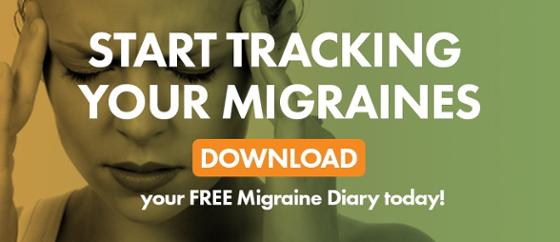 Cognitive behavioral therapy (CBT) is a treatment commonly given to patients suffering from various types of anxiety disorders. Many chronic migraine patients find their headaches are triggered by stress, especially when it’s related to anxiety or depression. Whether your stress is caused by relationship problems, financial challenges, drug or alcohol abuse, mental health issues or sleeping difficulties, CBT may be able to reduce the frequency of your migraine attacks.
Cognitive behavioral therapy (CBT) is a treatment commonly given to patients suffering from various types of anxiety disorders. Many chronic migraine patients find their headaches are triggered by stress, especially when it’s related to anxiety or depression. Whether your stress is caused by relationship problems, financial challenges, drug or alcohol abuse, mental health issues or sleeping difficulties, CBT may be able to reduce the frequency of your migraine attacks.
How CBT Works
CBT is a type of psychological treatment used to address mental health issues. It concentrates on helping patients manage feelings and responses to stress-related problems by developing coping strategies. From dealing with big issues by breaking them down into smaller pieces to seeing problems through a realistic lens, it helps you change faulty patterns of thinking and avoid the distress that comes from holding a negatively-distorted viewpoint.
When to Consider CBT
Most migraine patients have tried multiple treatments, with some providing greater success than others. Adult patients have a wider range of options available than children, but if you’ve tried different methods without success it could be worth considering CBT. Keeping a detailed migraine diary helps you identify whether stress plays a role in your attacks, and if so, cognitive behavioral therapy could be worth a try. Migraineurs with common mood disorders or chronic conditions such as fibromyalgia often also respond well to the therapy.
Treatment Methods
CBT is practiced by clinical psychologists, either in hospital settings or private practice. It usually takes up to 20 therapy sessions aimed at identifying problem areas and unhelpful thoughts, challenging the assumptions supporting them, and looking at issues from a new perspective. Patients learn how to avoid thinking the worst and instead focus on realities, develop awareness of their mistaken beliefs, and gradually change their responses to their problems.
Using CBT for Migraine
With stress cited as the primary trigger by migraine patients, any treatment that helps to diminish stress holds promise for migraineurs. One strategy psychologists use is to help patients understand how migraines relate to their lives. Sufferers often develop a negative belief system and low self-esteem that causes a cycle of stress and anxiety, leading to more frequent headaches. In addition, pain causes further stress that can make migraine attacks even worse. When patients are taught to break this cycle by recognizing undesirable thoughts and consciously changing their attitude, it’s possible to avoid the descent into migraine pain.
Benefits and Disadvantages
The primary benefit of using cognitive behavioral therapy for migraine relief is a reduction in the number and severity of attacks. It often helps reduce reliance on prescription remedies, which is especially useful for patients suffering from rebound headaches caused by extended medication usage.
Disadvantages of having CBT for migraine include the misconception that the headaches have a psychological cause, not physical. This can create a real fear of mental disorder in patients that is unfounded. Psychologists understand headaches have a physical basis and the pain is real.
While CBT provides relief, it is usually not a complete cure but a tool in a multidisciplinary approach. Most patients still work closely with their primary care doctor and a migraine specialist, whose work complements the cognitive behavioral therapy.
Evidence and Statistics
Statistics from the American Medical Association Journal show cognitive behavioral therapy is used for children and teens with migraines in combination with amitriptyline, an anti-depressant commonly prescribed for the prevention of headaches. The treatment shows better results than practitioners achieve with medication alone. No conclusive studies have been documented for the use of CBT in adult patients at this point, although a review report published in the British Journal of Pain showed mixed results using CBT. Some patients experienced relief from physical symptoms, but evidence was insufficient to draw meaningful conclusions.
Overall, two-thirds of patients using cognitive behavioral therapy, biofeedback or relaxation techniques developed a significantly lower number of headaches than they did before treatment, according to the American Migraine Foundation. Meanwhile, a study of children and teens using CBT with amitriptyline showed migraine headaches reduced by an average of 11.5 days a month, with 86 percent maintaining this for a year afterwards.
Costs
Costs vary between therapy providers, but CBT is a short-term treatment that usually requires 12 to 20 individual sessions of around 50 minutes each. Most health insurance plans cover at least a portion of these, and patients have to commit additional time to doing homework, such as recording events, their responses to these and other factors. For many patients experiencing 15 or more headache days a month, a reduction of 50% gives them back a full week’s worth of productive time. If you’re running on empty when it comes to viable migraine treatments, CBT could provide you with some relief, and most sufferers will agree that’s a return on investment worth having. 

